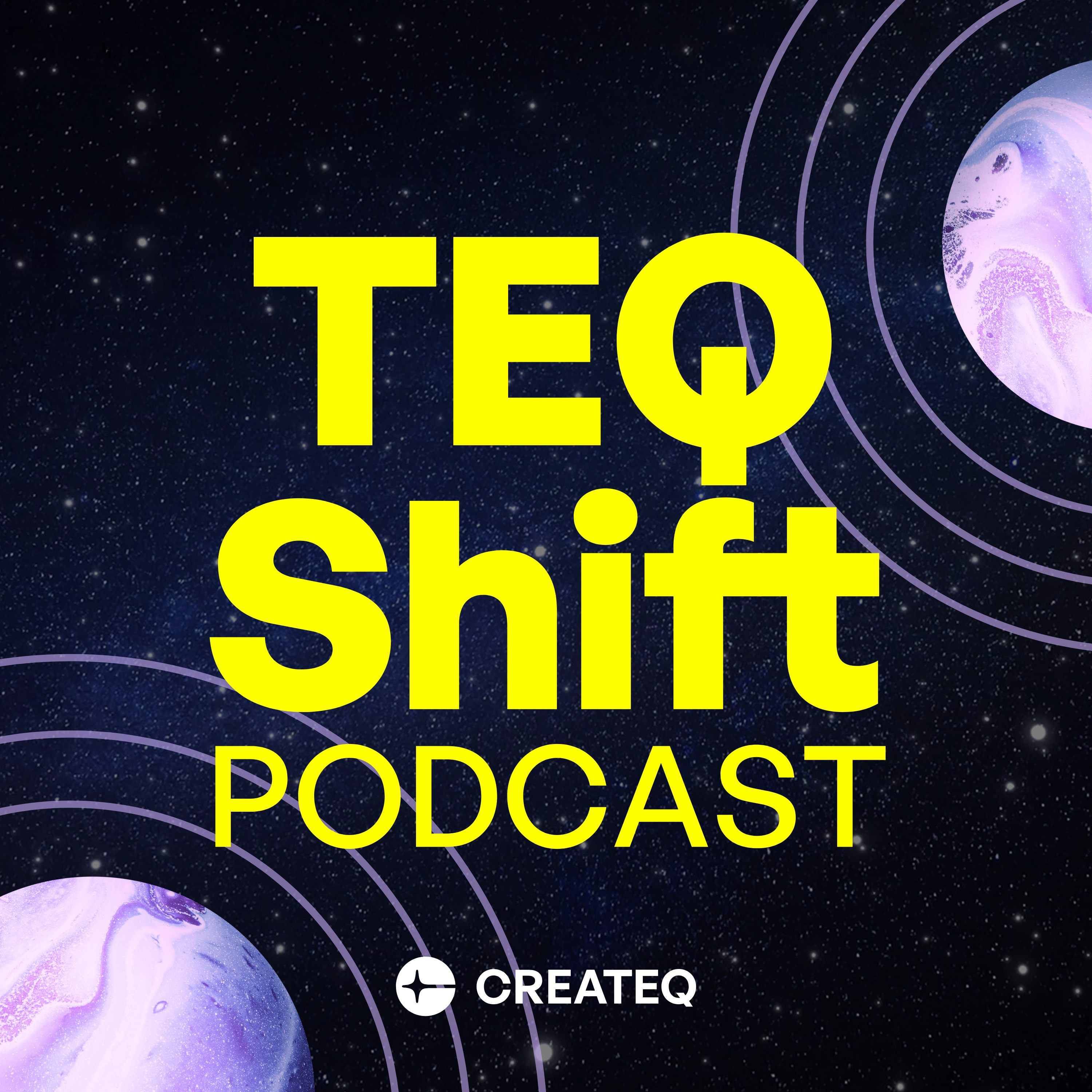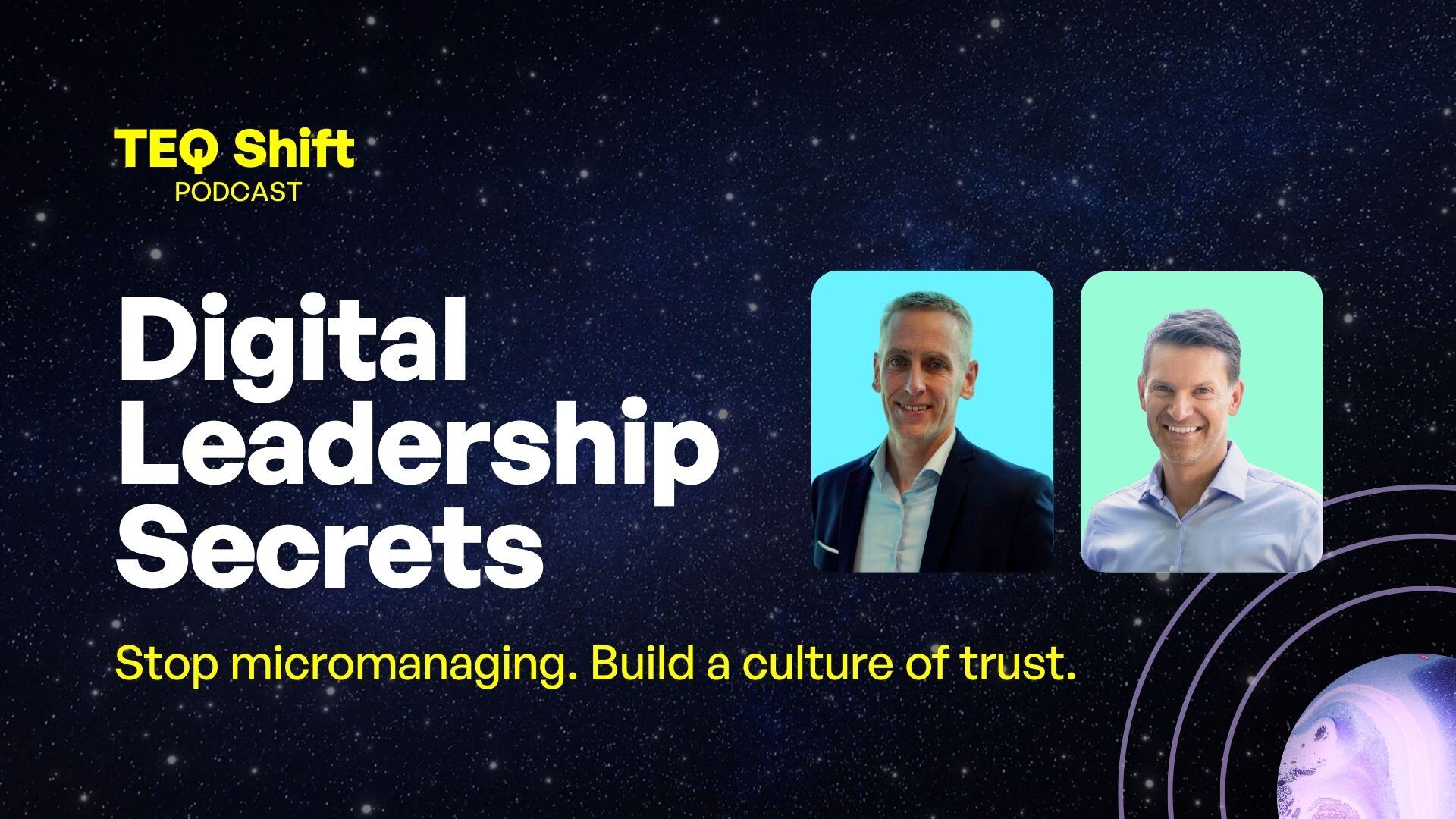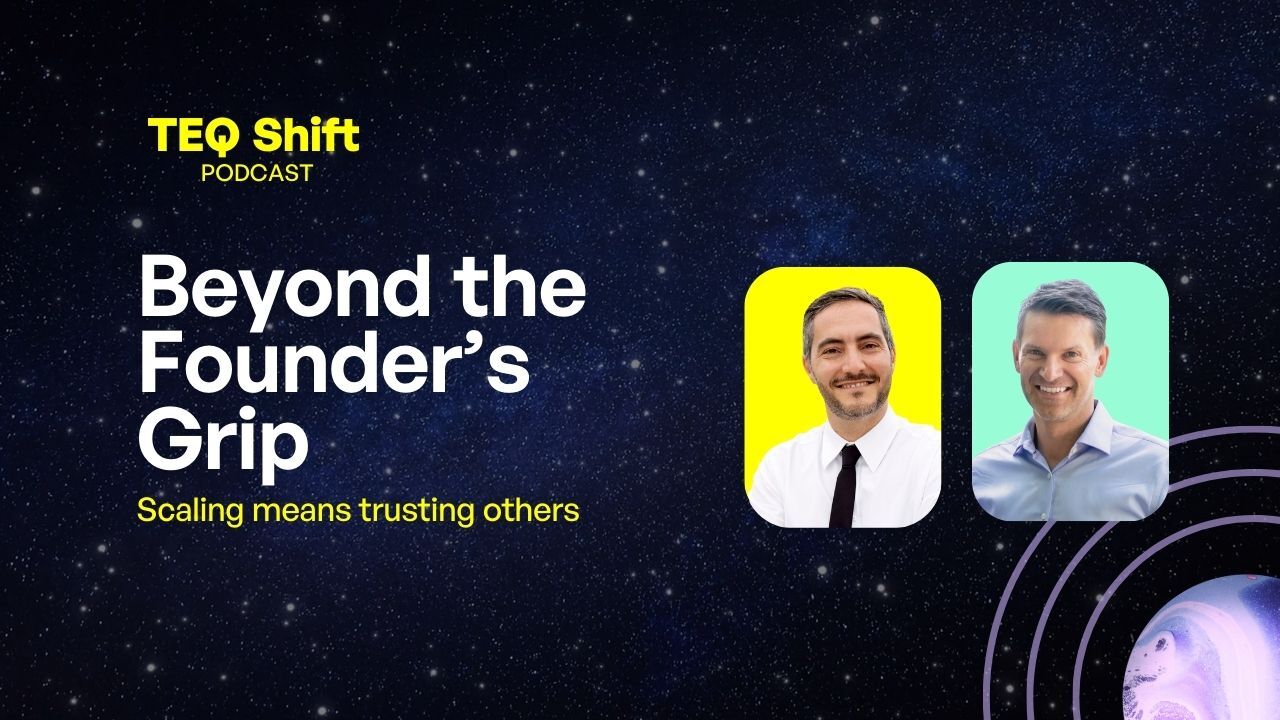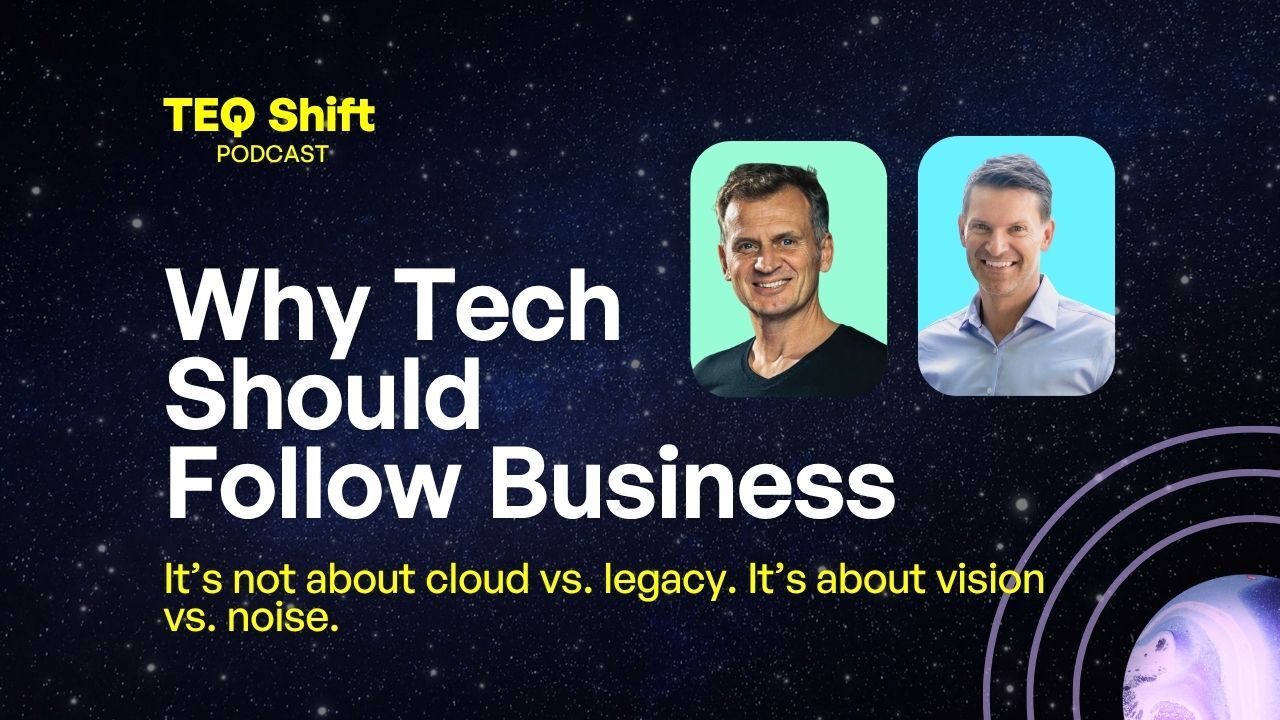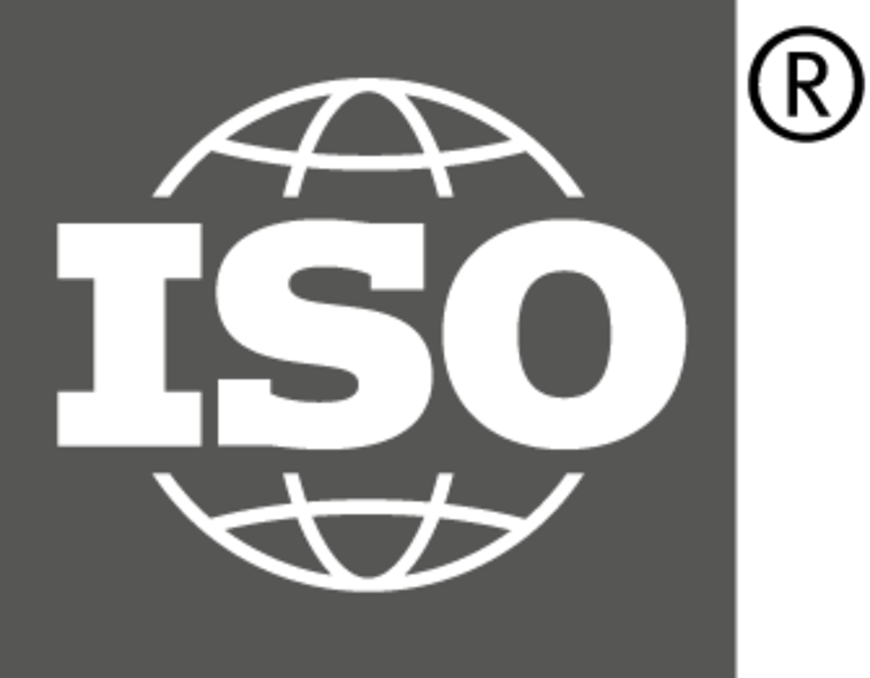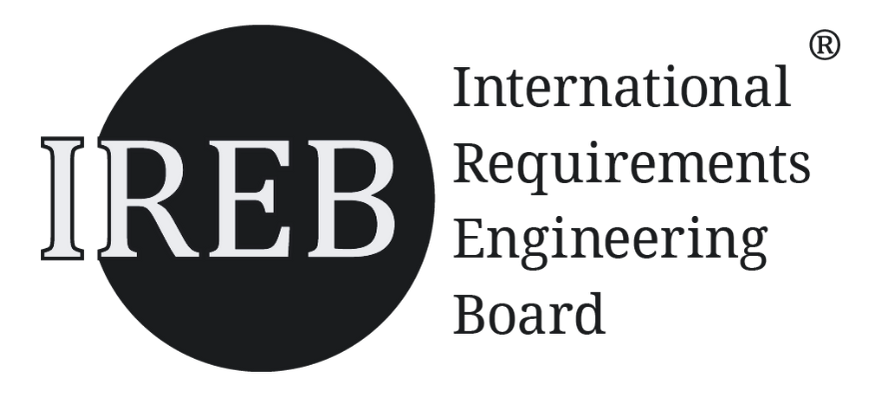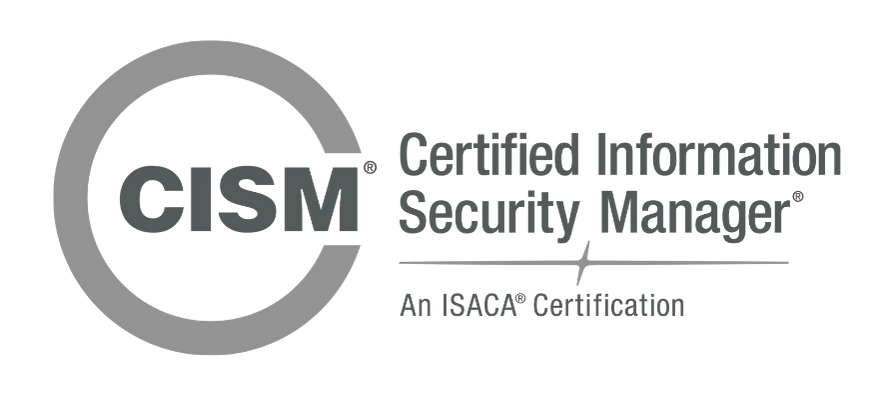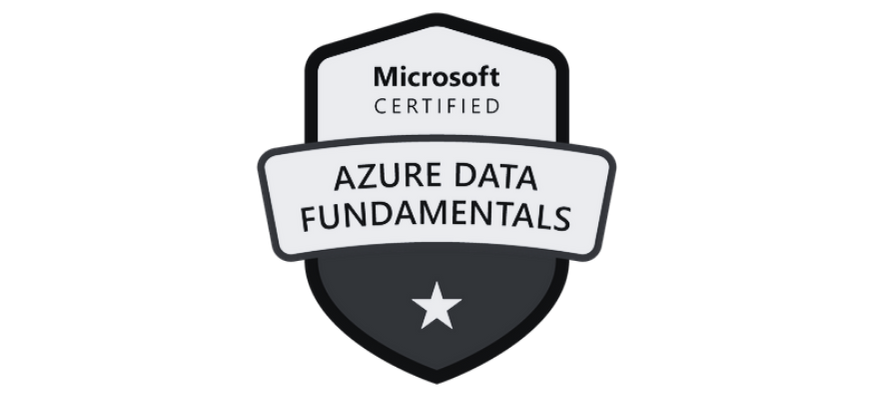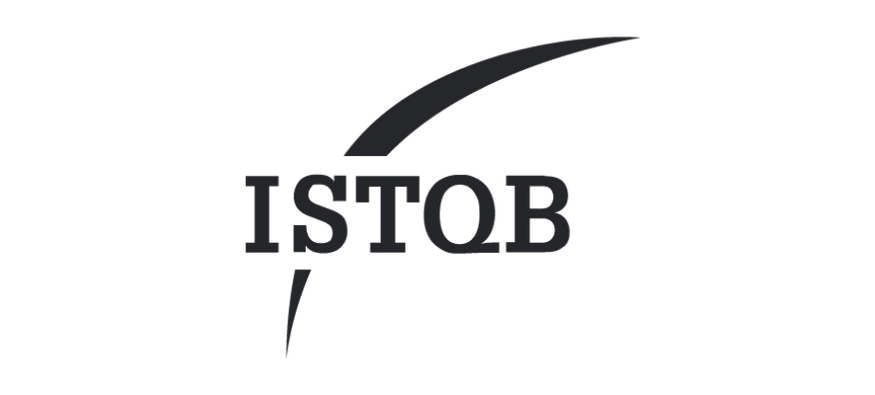In regulated industries and high-stakes product environments, your software delivery team needs to function like a Swiss watch—precise, aligned, and resilient.
But when your team is spread across time zones, cultures, and home offices, precision becomes more fragile.
In this TEQ Shift Podcast episode, Philipp Ringgenberg—Group CEO at CREATEQ—shares what digital leaders often miss when leading hybrid and remote teams, and what they must get right to sustain performance at scale.
Here’s what’s really working—and what most leaders are still getting wrong.
1. Stop Assuming Alignment
In colocated offices, alignment often happens incidentally—over lunch, in hallway chats, through ambient context. Remote teams don’t have that luxury.
Without intentional alignment, assumptions multiply. And assumptions quietly derail performance.
Philipp puts it simply:
“Without clear communication, teams feel isolated and performance will suffer.”
Instead of relying on daily stand-ups or the occasional sync, CREATEQ advocates for a structured rhythm of check-ins, goal resets, and visible progress reviews—engineered not just for coordination, but clarity and momentum.
Alignment isn’t a meeting. It’s a system. When it's missing, collaboration feels chaotic and strategic execution stalls.
How to build it:
-
Set shared goals that cascade from your strategic objectives.
-
Define outcomes—not just tasks.
-
Make goals and blockers visible in real-time tooling.
-
Use team rituals to reinforce priorities (weekly kickoffs, milestone reviews).
Alignment doesn’t need to be complex. It needs to be constant.
2. Autonomy Scales. Micromanagement Doesn’t.
Distributed teams can’t be managed through presence. They thrive on trust, not time-tracking. And yet, many leaders default to micromanagement when visibility drops.
The better path? Give your team clear outcomes, and let them design the how.
This requires trust—but more than that, it demands operational clarity. Teams must know what’s expected, why it matters, and how progress will be measured.
Philipp’s advice:
“Progress builds trust, but it’s purpose that keeps people moving forward.”
That shift—from managing by activity to leading by outcome—is where performance compounds.
What to do instead:
-
Co-create outcome-based goals with your team.
-
Clarify why each objective matters.
-
Provide guardrails, not step-by-step plans.
-
Empower individuals to own their workflows.
Autonomy is not a lack of control. It’s a transfer of trust—and the foundation of sustainable performance.
3. Structure Isn’t Bureaucracy—It’s Rhythm
Remote teams need more than video calls—they need a rhythm they can rely on. Not just to coordinate tasks, but to feel connected, supported and accountable.
At CREATEQ, rhythm is baked into the team culture. We have weekly or bi-weekly check-ins to surface blockers early and every team member is familiar with our shared objectives. Next, we make sure milestones are celebrated. That lets people know they are appreciated and their efforts don't go unnoticed. Rituals aren’t fluff—they’re structural alignment tools.
Meeting tips:
-
Open with context: what’s changed since last week?
-
Focus on progress and blockers, not reports.
-
Keep sessions short, sharp and purposeful.
-
Close with next steps and ownership.
4. Make Success Visible—Then Celebrate It
Recognition can’t be incidental in hybrid environments. When everything is remote, nothing gets seen by default. Celebrating small wins reinforces progress. It gives distributed teams the emotional feedback loops that colocated teams take for granted.
Philipp shared:
"Let them celebrate. Celebrate together with them—and you’ll see that will help performance in the long run."
Human connection fuels sustained output. Even more so when it’s remote.
5. Upskilling Is the Loyalty Multiplier
Hiring is expensive. Retention is hard. Burnout is real.
One of the most overlooked levers in remote teams is upskilling—not as a benefit, but as a strategic investment in capability and loyalty.
CREATEQ embeds this thinking deeply in its team model:
-
Identify each team member’s career goals
-
Pair delivery work with learning pathways
-
Make adaptability—not just technical skill—a priority
This dual-lens approach allows managers to build project readiness while supporting long-term professional development.
Upskilling doesn’t just prepare people for what’s next—it shows them they belong.
Mistakes to avoid:
-
Treating upskilling as one-size-fits-all
-
Ignoring soft skills like communication and adaptability
-
Waiting until it’s too late (i.e., before resignations or role changes)
When upskilling is tied to team objectives and individual aspirations, retention improves and internal capability scales.
Final Thought: Lead with Structure, Human First
High-performing hybrid teams aren’t an accident. They’re the result of intentional design: of goals, rhythms, communications and culture.
Your teams don’t need constant presence—they need clear expectations, regular check-ins, space to solve, and leadership that treats them as more than deliverables.
Remote performance isn’t just possible—it can outperform traditional models. But only when built on a foundation of trust, rhythm, and shared purpose.
Want more insights like this?
Explore the full TEQ Shift Podcast episode with Philipp Ringgenberg below.
